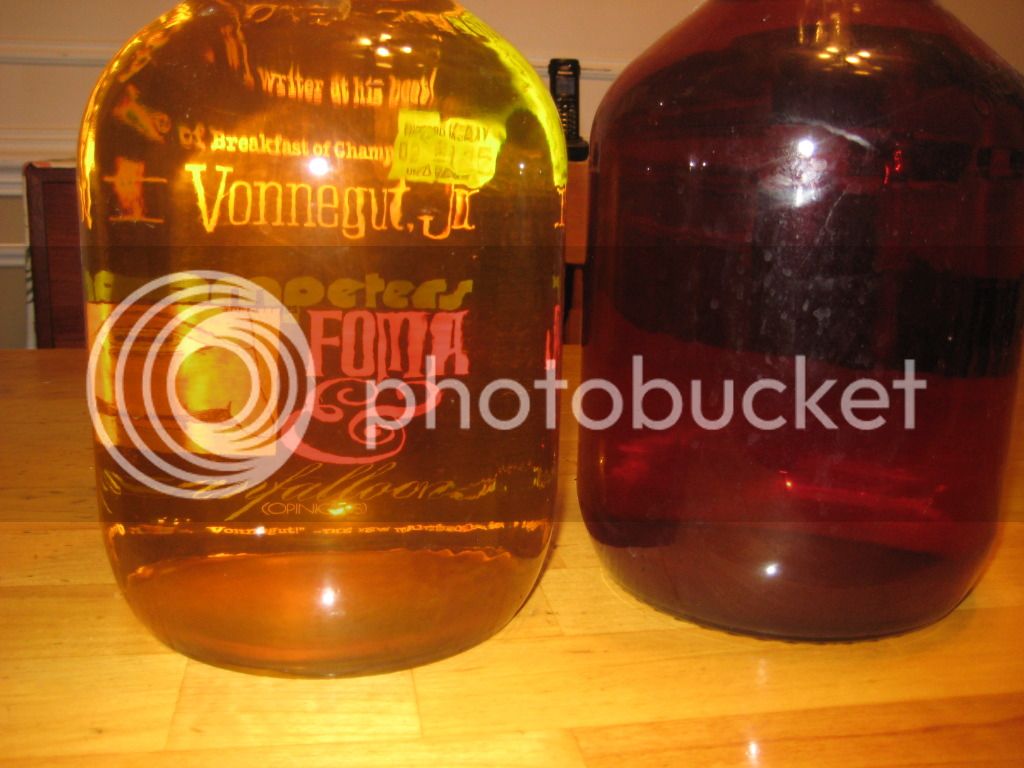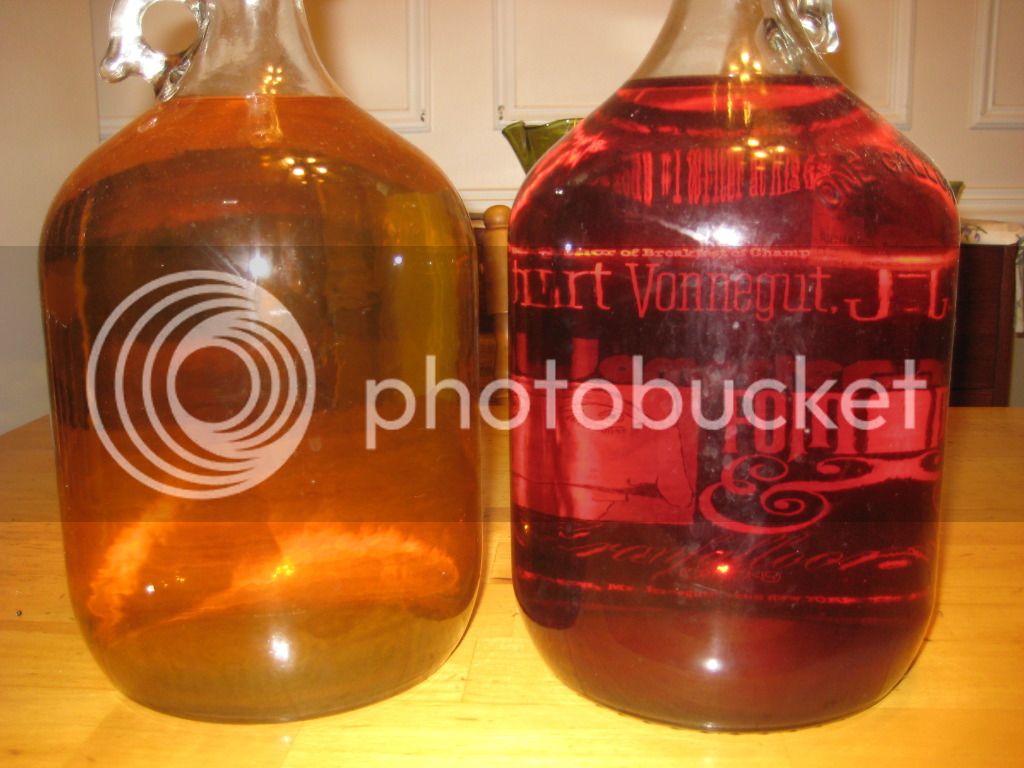jpcoote
Well-Known Member
I've heard from everywhere that you should bottle your mead when it is "clear". What exactly does that mean? It seems to be a bit of a subjective measurement. Should it be clear in a glass? Clear through the carboy? Cause my orange blossom mead is a dark orange color and I can't imagine ever being able to see straight through the carboy. But in a glass its very clear and a little yellow color. Is this ready? Or am I waiting for another degree of clear??




